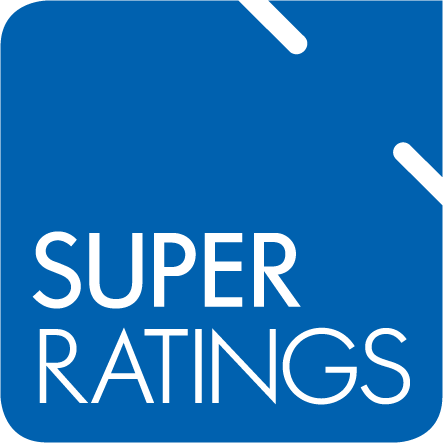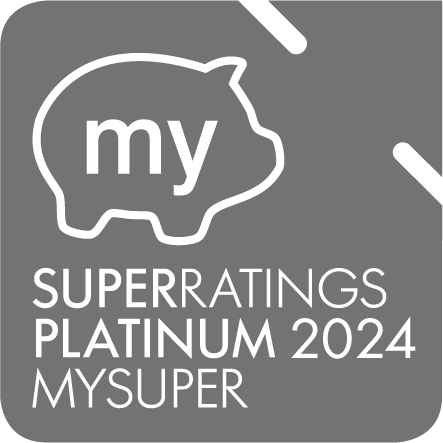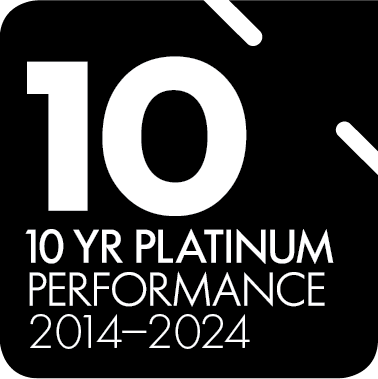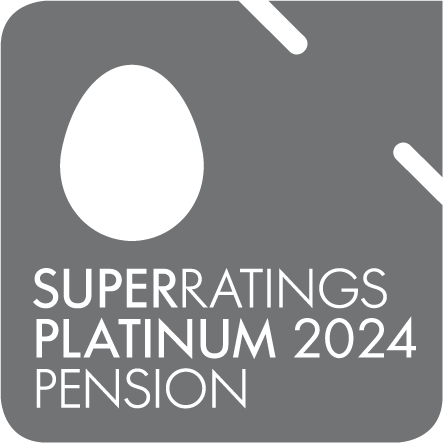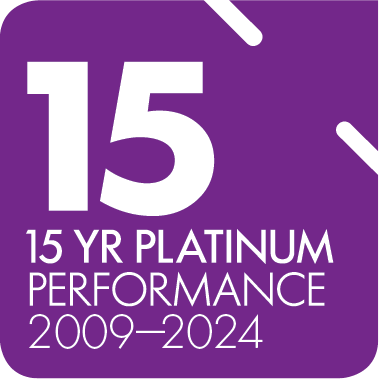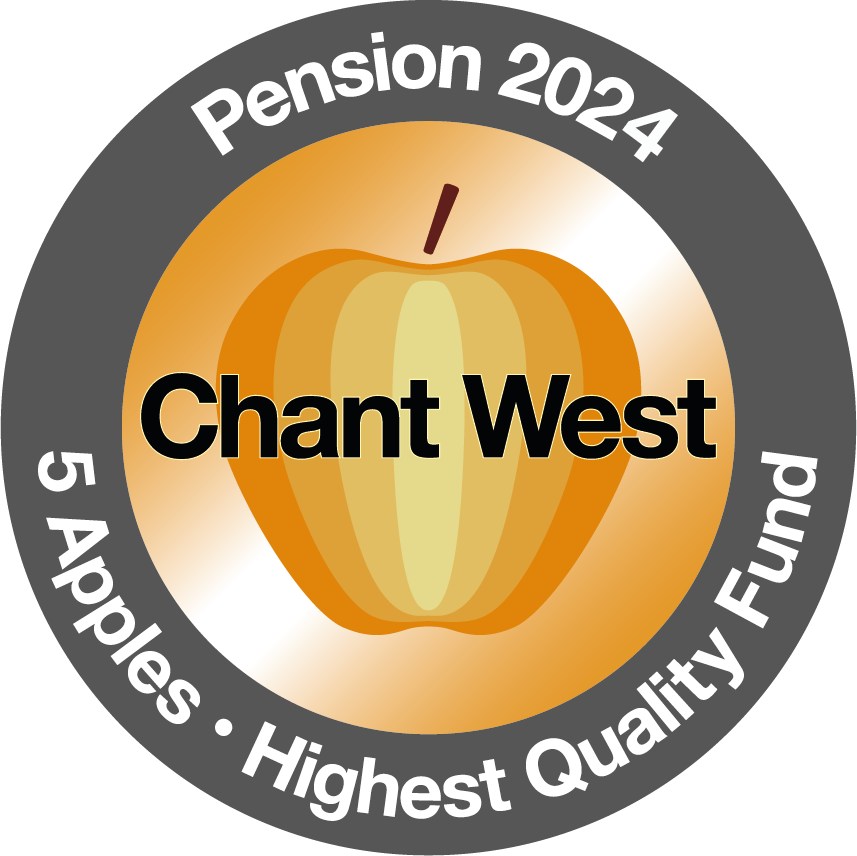Details of payments eligibility criteria and benefits are current at date of writing, April 2025. Reference to current rates and payments can be found on the Services Australia website.
The Age Pension is a Government support payment to assist Australian residents achieve an adequate level of income when they reach Age Pension age. The amount payable is based on your home ownership and relationship status as well as the Income and Assets tests.
Conditions of eligibility
If you were born before 1 July 1952, you are eligible for Age Pension. If you were born on or after 1 July 1952, your eligibility will depend on your date of birth as per the table below:
People Born Between | Eligible For Age Pension At Age |
1 July 1952 and 31 December 1953 | 65.5 |
1 January 1954 and 30 June 1955 | 66 |
1 July 1955 and 31 December 1956 | 66.5 |
1 January 1957 and later | 67 |
What is the current maximum rate of pension?
The current rate of age pension changes quarterly and is published on the Services Australia website.
The Pensioner Concession Card (PCC) is issued to all recipients of the Age Pension. Holders of the PCC receive the following concessions:
- various state and local government concessions, which may include reductions in property and water rates, energy bills, public transport costs and motor vehicle registration charges
- reduced cost medicines through the Pharmaceutical Benefits Scheme
- free eyesight test from optometrists who bulk bill Medicare and hearing aids through the Commonwealth Hearing Services Program, and
- free mail redirection from Australia Post when changing address.
Your income and assets are tested against minimum and maximum limits. When a person is subjected to the two tests, the test that applies for determining a rate of Age Pension is the one that results in the lowest amount of pension payable.
The Income Test
Under the Income Test, pensioners are entitled to earn a certain amount of income per fortnight before the maximum benefit is reduced. The income test thresholds change quarterly and are published on the Service Australia website.
The Assets Test
The Assets Test is designed to limit access to Centrelink benefits for a person with substantial assets. Pensioners are entitled to a certain value of assets before the maximum pension entitlement is reduced. The applicable thresholds depend on whether or not the applicant is part of a couple, and whether they are a homeowner or non-homeowner. The Assets Test does not include your principal residence.
The assets test thresholds change quarterly and are published on the Services Australia website.
- The Work Bonus is an incentive for pensioners over Age Pension age to participate in the workforce. The first $300 of employment income you earn each fortnight is disregarded and not counted as income.
- Any unused amount (if you earn between zero and $300 in a single fortnight) is now added to your Work Bonus balance, which can accumulate to $11,800.
- Your Work Bonus balance is used to offset any future employment income you earn in a single fortnight above $300.
Who is eligible for the Work Bonus?
All pensioners over Age Pension age (other than recipients of Parenting Payment Single) are eligible if they have employment income.
Income the Work Bonus applies to:
- Wages paid in Australia and outside Australia
- Director’s fees.
In most cases, Centrelink will calculate the Work Bonus using the employment income that is earned in the fortnight before the pension is payable.
Income the Work Bonus does not apply to:
- Leave payments
- Investments
- Superannuation income
- Self-employed income
How do you get the Work Bonus?
You do not need to apply for the Work Bonus but you will need to keep Centrelink up to date with your earnings. If you receive eligible employment income, Centrelink will automatically recognise this and include it in your assessment.
If you are not eligible to receive Age Pension, then you may be entitled to receive the Commonwealth Seniors Health Card (CSHC).
The CSHC helps senior Australians with the cost of medicines as it helps reduce the cost of prescription medicines if you are of Age Pension age, but do not qualify for Age Pension.
To qualify, you must:
- be an Australian resident, living in Australia,
- have reached Age Pension age but not qualify for Age Pension, and
- meet an income test. To meet the income test, you must earn less than $101,105 a year if you’re single, and $161,768 a year for couples. The Income Test includes adjusted taxable income plus deemed income from any account-based income streams. There is no Assets Test.
Under current Centrelink rules, you are able to gift cash or assets to another person within specified limits without affecting your Centrelink entitlements.
There are two concurrent rules, which specify the assessment of gifts by Centrelink:
- You are able to gift up to $10,000 (for a single or couple combined) per financial year without affecting your pension. Any gift in excess of this limit is counted under both the Assets and Income Tests for five years.
In addition to the annual $10,000 limit, you cannot gift more than $30,000 over any rolling 5 year period. Any gifts in excess of this will be counted under both the Assets and Income Tests for five years.
Deeming is a simple set of rules used to assess income earned from financial assets. Under these rules Centrelink assumes financial investments are earning a certain amount of income, regardless of the income they actually earn. Financial investments include:
- Bank accounts
- Term deposits
- Shares
- Managed funds
- Some retirement pensions*
* Deeming rules apply for Account Based Pensions that commenced on or after 1 January 2015. A financial planner or Centrelink Officer can help you to determine how much income is counted.
Current Deeming rates
- For a single person: 0.75% for the first $64,200 of their total investments with 2.75% for any balance above $64,200.
- For a pensioner couple: 0.75% for the first $106,200 of their total investments with 2.75% for any balance above $106,200.
The JobSeeker Payment provides financial assistance for individuals aged between 22 and Age Pension age, who are unemployed and looking for work or unable to do their usual work or study for a short time due to illness or injury.
You must be an Australian resident, be in Australia, and continue to meet this rule, to receive payment. Newly arrived residents may be subject to a waiting period, depending on personal situation, type of visa and date the visa was granted.
You also need to have income and assets under specified limits.
The JobSeeker Payment requires that you be committed to actively seek work and participate in activities tailored to help you secure employment. These activities are referred to as ‘mutual obligation requirements’. The requirements are more flexible if you are over age 55 or the principal carer of a child under 16 years, and you may be temporarily exempt from these requirements if you are receiving JobSeeker Payment due to illness or injury.
To maintain entitlement to JobSeeker Payment, you must also meet reporting requirements. These requirements include continuing to look for work, and to report your income and any changes to your circumstances every two weeks.
While you are receiving JobSeeker Payment, you may also receive a Health Care Card. This card entitles you to cheaper prescription medicines under the Pharmaceutical Benefits Scheme and may provide other health care and service concessions offered by the federal government, your state or territory government, and local council. You do not have to apply separately for this card.
Payments
Payments are made fortnightly, and rates are updated on 20 March and 20 September each year. The payment amount you receive depends on your personal situation, such as if you have children or a partner, and how much income you earned in the 14 days preceding your claim.
Current payment rates can be access via the Services Australia website.
Income and assets tests
If your assets are more than the allowable limit, generally you will not be entitled to JobSeeker Payment (limits may be higher if you qualify for Rent Assistance). The income and assets limits can be accessed via the Services Australia website.
If your assets are less than the limit, Centrelink will then assess your income from all sources and apply an income test. There are different tests depending on your situation. This may be whether you are single, have a partner, or are the principal carer of a dependent child.
Waiting periods
Centrelink may apply a waiting period or periods, which is the time you must wait to receive your first payment or during which your payment may be reduced. In some circumstances, such as severe financial hardship, the waiting periods may be waived. Centrelink will let you know the applicable waiting periods once they have assessed your claim for payment.
Two examples of waiting periods are the liquid assets waiting period and the income maintenance period.
- Liquid assets waiting period - if you have readily available funds over certain limits, or money is owed to you by your employer, you may be subject to a liquid assets waiting period of between one and thirteen weeks.
- Income maintenance period - if you received a lump sum payment from your employer when you finished work, or expect to receive a lump sum payment, you may be subject to an income maintenance period. A lump sum payment may include sick leave, annual leave, long service leave, a termination payment, or a redundancy payment.
The Carer Payment (adult) is an income support payment for people who are unable to support themselves through participation in the workforce while caring for someone with a disability, severe medical condition or who is frail aged.
A person will qualify for a Carer Payment if they provide constant care for:
- a person who has a physical, intellectual or psychiatric disability; or
- a child with a profound disability; or
- an adult and that adult's dependent child who needs care permanently or for an extended period.
It is not necessary for the carer to live with the handicapped person. However, the carer must provide constant supervision or frequent care.
Both the person being cared for and the carer need to meet certain income and assets tests limits to qualify for the payment These limits can be accessed via the Services Australia website.
The carer cannot claim Carer Payment in addition to another social security pension or benefit. However, Carer Allowance may be payable (refer to the section of this report titled 'Carer Allowance').
Carer Payment is not taxable if the carer is under Age Pension age and the person being cared for is receiving a non-taxable pension.
The current rates of carer payment are published on the Services Australia website.
The Carer Allowance is an income supplement available to carers who provide daily care and attention to someone with a disability or medical condition, or who is frail aged.
A carer who receives Carer Payment for providing care to a person under 16 years will generally receive Carer Allowance automatically, whereas in other cases a claim is required.
There is no assets test for Carer Allowance but there is an income test. To get Carer Allowance you and your partner’s combined adjusted taxable income must be under $250,000 a year.
Payment rates for Carer Allowance are:
- $159.30 per fortnight and a Health Care Card for a child under 16 years of age; or
- $159.30 per fortnight for a person over 16 years of age.
The Carer Allowance is a non-taxable payment and is adjusted on 1 January each year in line with the Consumer Price Index.
The care receiver
- Adult
- has a disability that requires care and attention on a daily basis, AND
- has been assessed and rated against the ADAT (Adult Disability Assessment Tool) and given a score of 30 or more, with at least 12 points being attributable to the professional questionnaire component, AND
- is aged 16 years or more, AND
- is an Australian resident.
- Child
- requires care and attention on a daily basis, AND
- has a recognised disability, OR has been assessed and rated on the DCLA (Disability Care Load Assessment) and given an ACL (Assessment of Care Load) score of 85 or greater with a THP (Treating Health Professional) score greater than zero, AND
- is aged under 16 years of age, AND
- is an Australian resident, AND
- is a dependent child of the carer.
The ADAT and DCLA Determinations include a questionnaire to be completed by the carer and a questionnaire to be completed by the treating health professional.
Togethr Financial Planning Pty Ltd (ABN 84 124 491 078, AFSL 455010) trading as Equip Financial Planning and Catholic Super is a subsidiary of Togethr Holdings Pty Ltd (ABN 11 604 515 791). It is a related entity to Togethr Trustees Pty Ltd (ABN 64 006 964 049, AFSL 246383), the trustee of the Equipsuper Superannuation Fund (ABN 33 813 823 017) whose divisions include Catholic Super.
This information is general information only. It has been prepared without taking into account your personal investment objectives, financial situation or needs. It is not intended to be, and should not be construed in any way as, investment, legal or financial advice.
